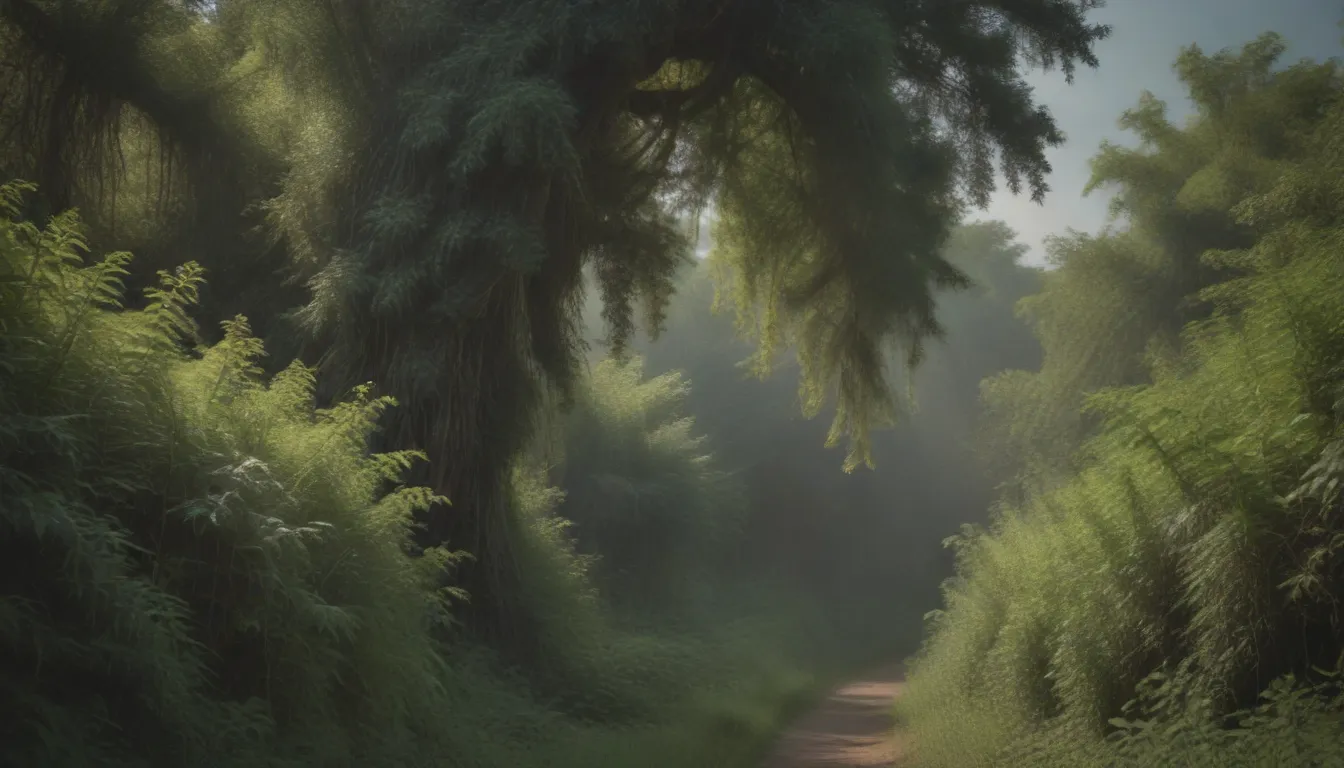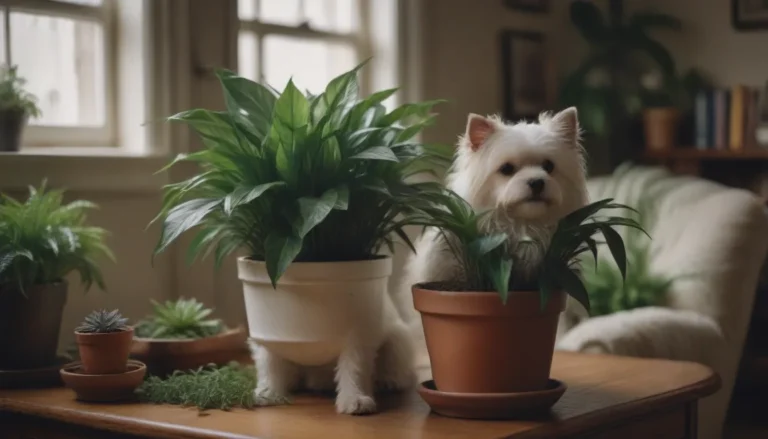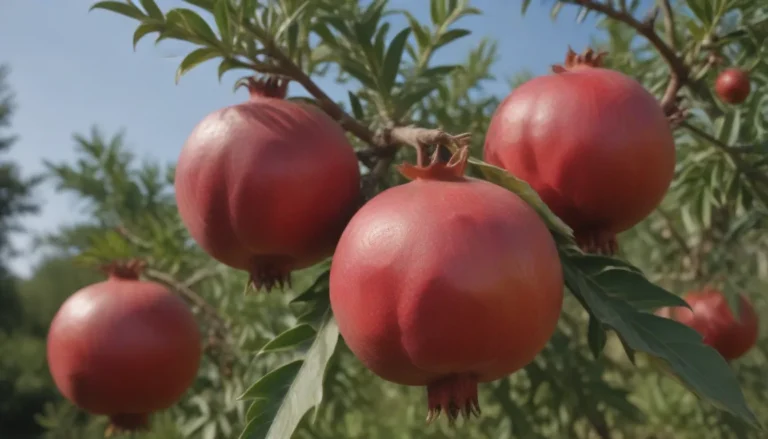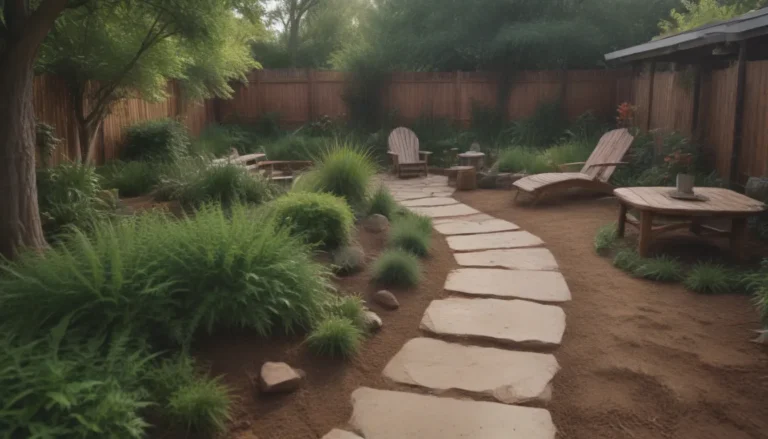The Definitive Guide to Identifying and Removing Kudzu

Kudzu, known as “the vine that ate the South,” is a perennial invasive vine that poses a serious threat to native vegetation, including trees and plants. Originally introduced from Asia in the 1870s, kudzu was promoted in the southeastern United States in the 1930s as a solution for erosion control. However, it quickly became clear that kudzu’s rapid growth and ability to smother other plants made it a formidable adversary. In this comprehensive guide, we will delve into the invasiveness of kudzu, how to identify it, and the most effective methods for removing this invasive plant from your property.
The Invasiveness of Kudzu
Understanding the Problem
Kudzu is an invasive species primarily found in the eastern United States, originating from Japan and China. Initially viewed as a beneficial plant, kudzu was actively planted for erosion control and cattle grazing, with the government even incentivizing landowners to cultivate it. However, its aggressive growth and ability to overtake vast areas of land have earned it a notorious reputation as a destructive force in the ecosystem.
- Kudzu covers more than five million acres of forest land in the United States.
- The plant is known for its rapid spread through runners, rhizomes, vines, and seeds.
- Kudzu poses a significant risk to biodiversity by outcompeting native plants and disrupting ecosystems.
Identifying Kudzu
Recognizing kudzu is essential for early detection and effective control. Here are some key characteristics to look for:
- Hairy, semi-woody vines that can grow up to 100 feet in length.
- Trifoliate leaves with dark green, oval or heart-shaped leaflets.
- Purple, pea-like flowers in elongated clusters during mid to late summer.
- Tuberous taproot up to 13 feet long with a significant weight.
What Does Kudzu Look Like?
Kudzu vines are robust and fast-growing, with a distinctive appearance that sets them apart from other plants. It’s crucial to be able to identify kudzu accurately to take appropriate action in managing its spread.
- Leaves: Dark green, trifoliate leaves with small white hairs on the underside.
- Flowers: Purple, pea-like flowers in clusters with a grape-like scent.
- Fruits: Hairy pods containing brown, kidney-shaped seeds with low germination rates.
How to Remove Kudzu
Dealing with kudzu infestations can be a daunting task, but with the right approach and persistence, it is possible to eradicate this invasive plant. Here are some effective methods for removing kudzu from your property:
- Herbicidal Treatment: While herbicides like glyphosate can be effective on smaller kudzu plants, larger infestations may require multiple applications.
- Mechanical Control: Cutting the vines at ground level and regularly mowing or hand-cutting new growth can weaken kudzu over time.
- Root Crown Removal: Ensuring the complete removal of the root crown is crucial to prevent kudzu from regrowing. Cut the root just below the crown to eliminate the source of new growth.
- Replanting: Replanting the area with desirable landscaping plants can help prevent kudzu from regaining a foothold on your property. Avoid leaving the land bare to minimize the risk of reinfestation.
By combining these methods and staying vigilant in monitoring the affected area, you can effectively eradicate kudzu from your property and restore the ecosystem to its natural balance.
In conclusion, tackling a kudzu infestation requires dedication and a strategic approach. By understanding the invasiveness of kudzu, being able to identify its key characteristics, and implementing effective removal methods, you can effectively manage and control this troublesome plant. Remember, early detection and swift action are essential in preventing kudzu from wreaking havoc on your property.





